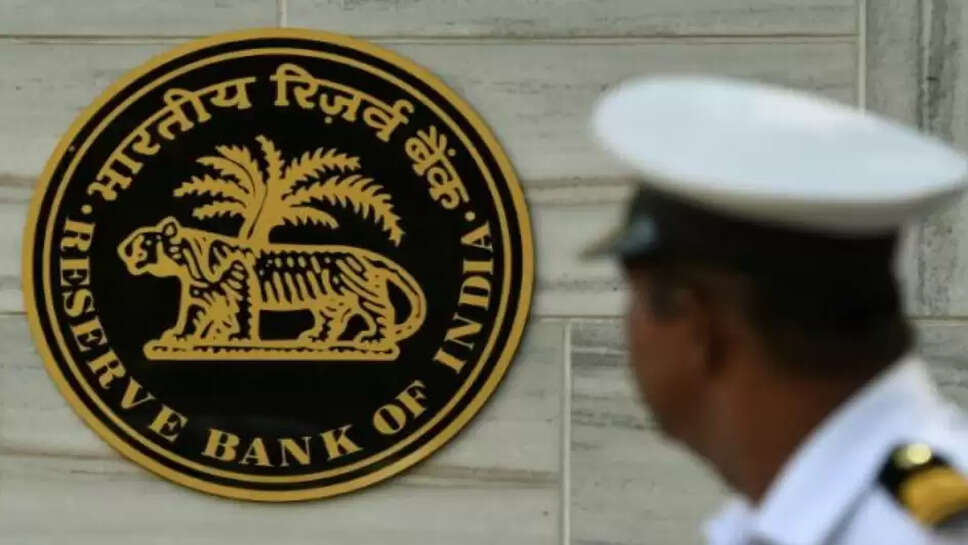RBI makes coins at 4 places in the country, know why the size of coins is continuously getting smaller
RBI - Many people are fond of collecting coins, and you will find many coins with many people. But do you know how they are made and where are they minted in India? If not, then let us know in this news today-

Breaking News, Digital Desk- (RBI) Many people are fond of collecting coins, and you will find many coins with many people. But do you know how they are made and where are they minted in India? If your answer is no, then according to the Reserve Bank of India, let us tell you that coins are minted at four different places in India.
Where are coins made in India?
According to the Reserve Bank of India, coins are made at only four places in the country. These places are Mumbai (Mumbai), Alipore (Kolkata), Hyderabad (Hyderbad) and Noida (Noida). You can also find out where the coin is made by looking at a symbol on the coins.
The year of minting is written on every coin. This symbol is made below the year written on the coins, with the help of which you can find out where this coin was minted.
Coin minting marks-
Hyderabad: Star mark on coin
Noida: Solid dot mark on coin
Mumbai: Diamond shape on coin
Kolkata: No mark on coin
This information will help you identify your coins
In India, coins are minted under the Coins Act 1906. Under this act, the responsibility of production and supply of coins has been given to RBI (Reserve Bank of India) by the Government of India. RBI sets a yearly target for this purpose and the Government of India prepares a production program.
According to the website Quora, the Government of India introduces different metals from time to time depending on the value of the metals. Currently, ferritic stainless steel (17% chromium and 83% iron) is being used for the manufacture of most coins.
Why is the size of coins getting smaller?
Actually, any coin has two values. One is 'face value' and the other is 'metallic value'. Face value means the value written on the coin. It means if a coin is of Rs 1, then its face value will be Rs 1 only. Similarly, the value of a Rs 2 coin is Rs 2 and the value of a Rs 5 coin is Rs 5.
Metallic value means how much money has been spent in making that coin. Suppose if a coin is melted and the metal obtained from it is sold for Rs 5, then its metallic value will be Rs 5. Now let us understand this with the help of an example.
Suppose a person is melting one rupee coins and selling them for 2 rupees, then he is getting an additional profit of 1 rupee on this one rupee coin. Thus, this person has suffered a loss of 1 rupee, but in return he has also got a profit of 2 rupees.
Coins have metallic value-
If the metallic value of coins becomes more than their face value, people can make profits by melting them. This can lead to the disappearance of coins from the market, which will be a big challenge for the government and the economy.
To avoid this situation, the government keeps the metallic value of coins less than their face value. According to inflation, the government keeps reducing the size and weight of coins every year so that there is no chance of making profits by melting them.
RBI is responsible for-
The main responsibility of printing and circulating currency notes in India lies with the Reserve Bank of India (RBI latest update). RBI controls the flow of money in the economy through monetary policy - reducing money when there is excess money in the market and increasing it when there is less.
However, the responsibility of printing Rs 1 note lies with the Finance Ministry, which is signed by the Finance Secretary. These notes are also circulated through RBI.
